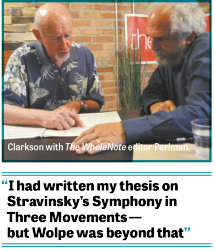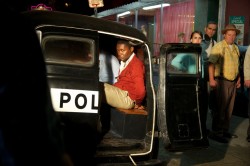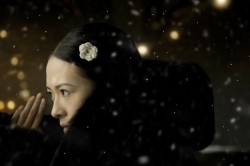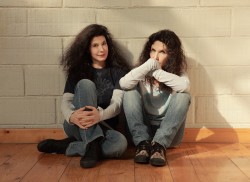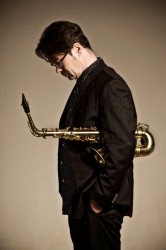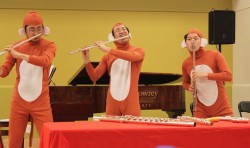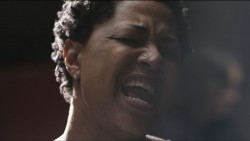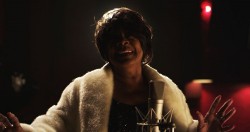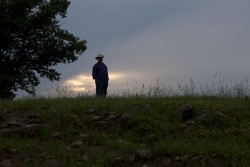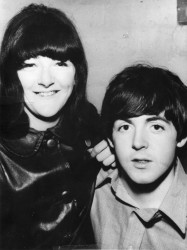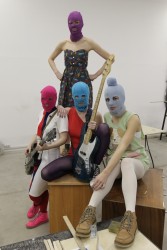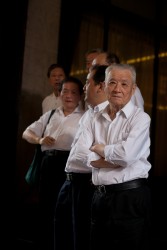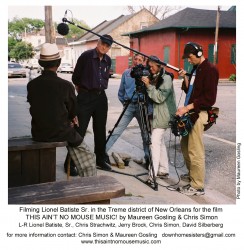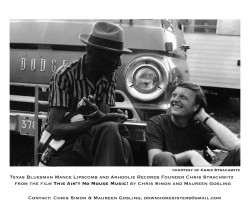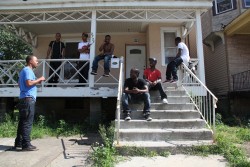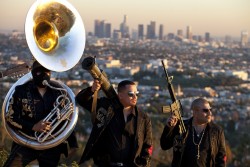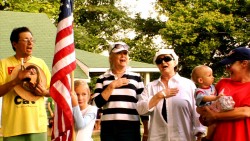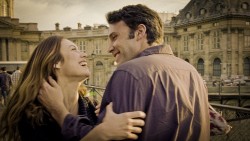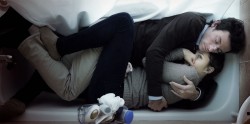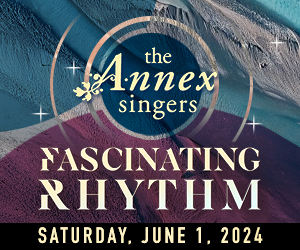Sound Art Making a Splash at Nuit Blanche 2013
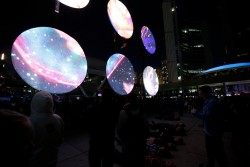 Now in its eighth year, Toronto's adaptation of the all-night arts festival Nuit Blanche is right around the corner. From 6:51pm tomorrow (Saturday, October 5) until sunrise the city will be invaded by contemporary art projects – visual art, multimedia works, film, and of course, sound and music installations. It's Toronto in an alternate reality – slightly weird, quite impressive and buzzing with artistic enthusiasm. In other words, a must-see.
Now in its eighth year, Toronto's adaptation of the all-night arts festival Nuit Blanche is right around the corner. From 6:51pm tomorrow (Saturday, October 5) until sunrise the city will be invaded by contemporary art projects – visual art, multimedia works, film, and of course, sound and music installations. It's Toronto in an alternate reality – slightly weird, quite impressive and buzzing with artistic enthusiasm. In other words, a must-see.
In the plethora of curated and independent projects on the streets tomorrow, music and sound art can get lost in the commotion. Here are a few promising-looking projects for the music-loving night owl this weekend.
A Touch of Light – Canadian Music Centre. For this year's “white night” the Canadian Music Centre has organized 12 hours of live piano performances by some of the best in local and Canadian talent – accompanied by a brilliant light installation of over 100 incandescent light bulbs that process the music visually. It's all night at 20 St. Joseph Street – check out more info here.
Film and music are pairing up this year as well, with film and live music duos presented by both TIFF and art collective Negative Industries. TIFF’s Strange Science/City Symphonies pays tribute to the age of silent cinema at the Bell Lightbox, with a series of silent films with live piano accompaniment (details here).
Negative Industries, stationed at Church of the Redeemer at 162 Bloor St. W., presents a “science musical documentary” that synchronizes multiple screens of video with music, sound and live performance (here).
Music Box – John Dickson. Part of the curated PARADE exhibition along University Ave., Music Box is a kinetic sound sculpture – a mechanical float that creates a cacophony of musical noise. Using actual instruments and powered by a central motor, this installation is being described as reminiscent of a surreal, noisemaking cuckoo clock. Seems worth checking out – details about the project here.
New Adventures in Sound Art (NAISA) and Artscape Wychwood Barns are also participating in the fun this year, with a project by Lawton Hall at 601 Christie St. Entitled This Place is No Place, it’ll be a night-long installation of found images and mechanical sounds, fashioned into a multisensory, imaginary landscape. Plan to be there at 9pm, 11pm or 1am – at these times, you’ll find improvisatory performances using the installation as a musical instrument. For new music fans, it’ll definitely be worth checking out.
Finally, less in the music-realm but simply too much fun to omit are My Virtual Dream and Echo Chasm, interactive multimedia installations that intend to immerse participants in sound and the creative process. Baycrest Health Sciences and U of T’s Faculty of Medicine are setting up shop outside U of T’s Pharmacy Building with “The Virtual Brain” – a computer designed to catalogue and diagnose brain activity that has been hijacked for one night to create an audiovisual virtual dream experience. By sending brain signals wirelessly through headsets, participants get the chance to co-create a collective dreamscape of music and colour. All the info here. With Echo Chasm, a project set up at the Royal Bank Plaza on Bay Street, participants can interact with echoes of themselves through video and sound installation. Watch and listen to your previous self – details here.
Those are just a few picks of sound art to watch (and listen!) for this Saturday night. Scotiabanknuitblanche.ca has details about all of the myriad projects underway tomorrow – so if you have a hankering for some contemporary art and music (or just have trouble falling asleep), take to the streets of the city and explore – perhaps we’ll see you there!


